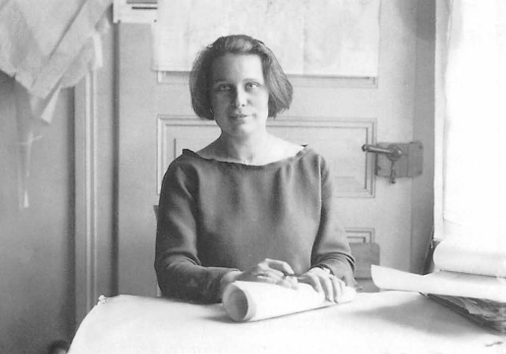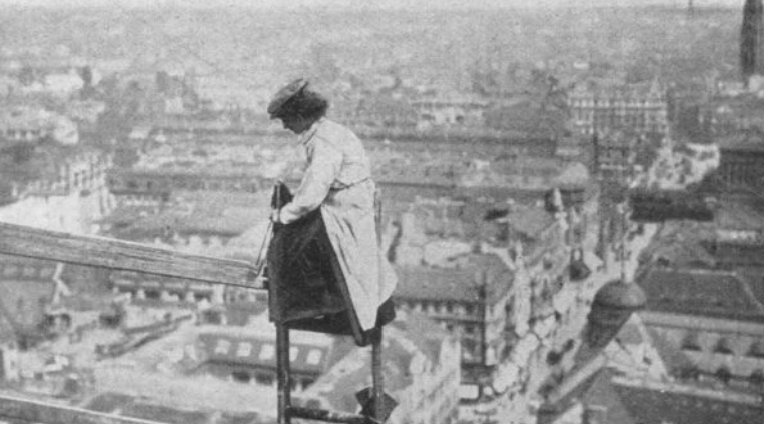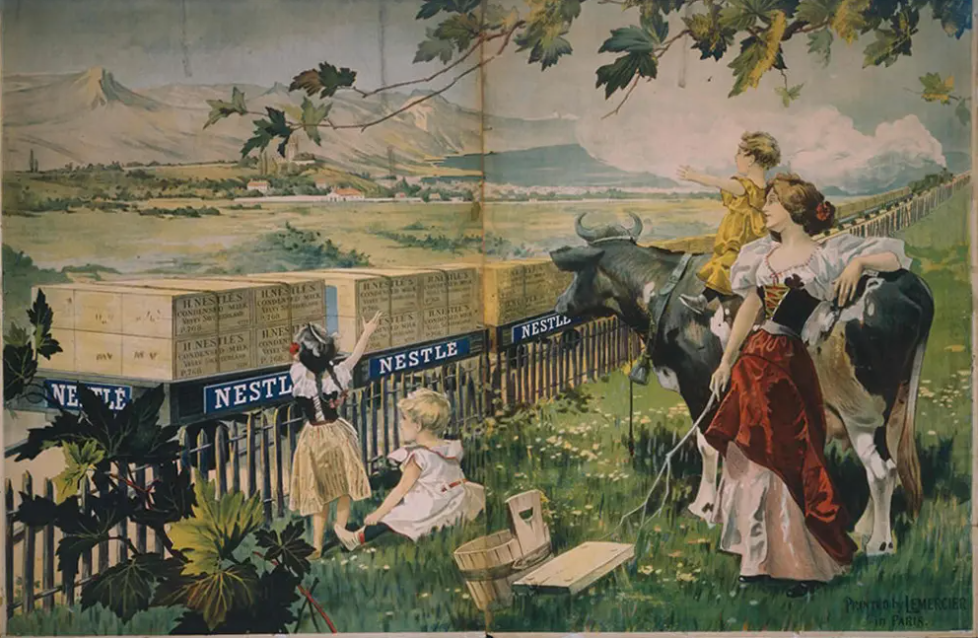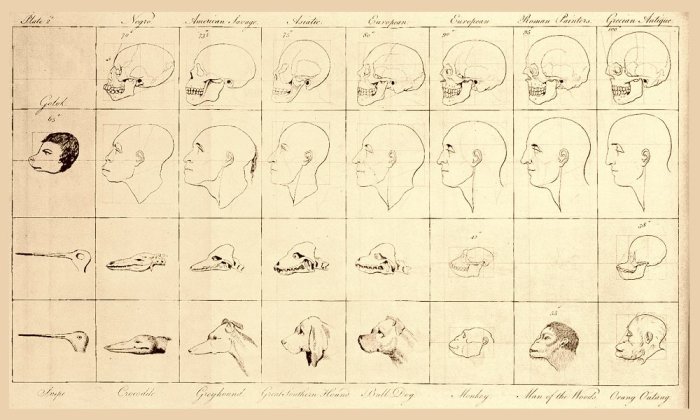
Portrait of Lux Guyer: The First Woman to Open an Architecture Firm in Switzerland
Born in 1894 in Zurich, Lux Guyer represents a pioneering figure in Swiss avant-garde architecture. In 1924, she opened her own architecture firm, becoming the first woman in Switzerland to do so, at a time when professional independence for women was still rare. Married in 1930 to engineer Hans Studer, she refused to conform to the matrimonial and professional conventions of the time: she kept her name and continued to run her firm independently.

Where Are Women Architects? A Reflection on the Situation in Switzerland
In 2016, architectural historian Despina Stratigakos published Where Are Women Architects? Through five chapters, the book explores, among other topics, the invisibilization of women in architectural history, inequality in professional offices, and their representation in architectural awards. Stratigakos reflects on how male-dominated norms have shaped the profession and challenges us to question whether women should truly aspire to the same working conditions as their male colleagues.

Swiss Chocolate: A National Symbol Shaped by the Ideal of Mountains and Rurality
Switzerland, renowned worldwide for its chocolate, proudly bears the title of "homeland of chocolate." But this nickname is rather surprising: how did a country without cocoa trees, nestled in the heart of the Alps, become the global ambassador of a raw material originating from South America?

Shopping for Freedom: Women, Consumerism, and the Public Sphere
Did you know that 19th-century department stores played a key role in women’s conquest of public space? Far more than mere shopping destinations, they were "miniature cities" designed to offer safety and freedom at a time when the streets were largely off-limits to women.
These temples of fashion, inspired by World Exhibitions, allowed women to wander freely, assert their taste and status, and navigate a carefully controlled public space. Yet, this newfound freedom came with a double edge: it introduced new social pressures tied to fashion and consumerism.

5 Gift ideas for an art enthusiast – from 177.- at 7.-
Christmas is just around the corner, and with it the famous question: “What will I give this year?” If you are looking for an original gift for an art or architecture lover, here are five ideas, suitable for all budgets.

A House Under the Sun: The comic to discover the architect Eileen Gray
"Eileen Gray - A House Under the Sun" is a comic that pays homage to the E-1027 villa of Eileen Gray, a key figure in modern design. Through the vibrant illustrations of Zosia Dzierzawska and the sensitive texts of Charlotte Malterre-Barthes, the reader delves into the controversial history of the villa in which the architect Le Corbusier died in 1965.

The Imperial Roots of Architectural Education
The method of teaching architecture in universities finds its roots in the Western society of the 18th century. Although the first official school of architecture, the Royal Academy of Architecture of Paris was established at the Ecole des Beaux-Arts in 1671, it wasn’t until the late 18th century that the discipline began to be taught in universities throughout Europe. More significantly, it wasn’t until the 20th century that architectural education reached so-called "developing" countries at an academic level.

The story of how Lucia Moholy Schultz* recovered her heritagem and the duty of the historian
The Bauhaus was a historically significant institution of art and design, central to the avant-garde movements of the twentieth century. Unlike other schools, such as Vkhutemas, it succeeded in establishing a lasting legacy and enduring memory. The Bauhaus became widely recognized among architects, designers, and art enthusiasts.

